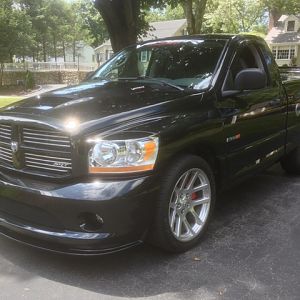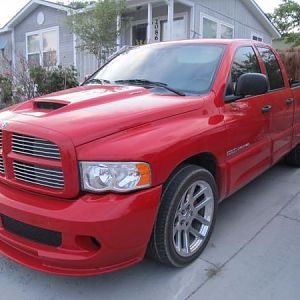sicne all you did was heads, I really dont see it being the bearings , but the low oil pressure does seem to indicate a bearing problem along with the noise comming from the bottom end,
and you leak down numbers isnt well either, probably got a combination of different problems all together.
what will it take to fix it? you cant tell until you either look inside the bore at the top of the pistons and take the pan off and inspect the bearings.
and you leak down numbers isnt well either, probably got a combination of different problems all together.
what will it take to fix it? you cant tell until you either look inside the bore at the top of the pistons and take the pan off and inspect the bearings.








